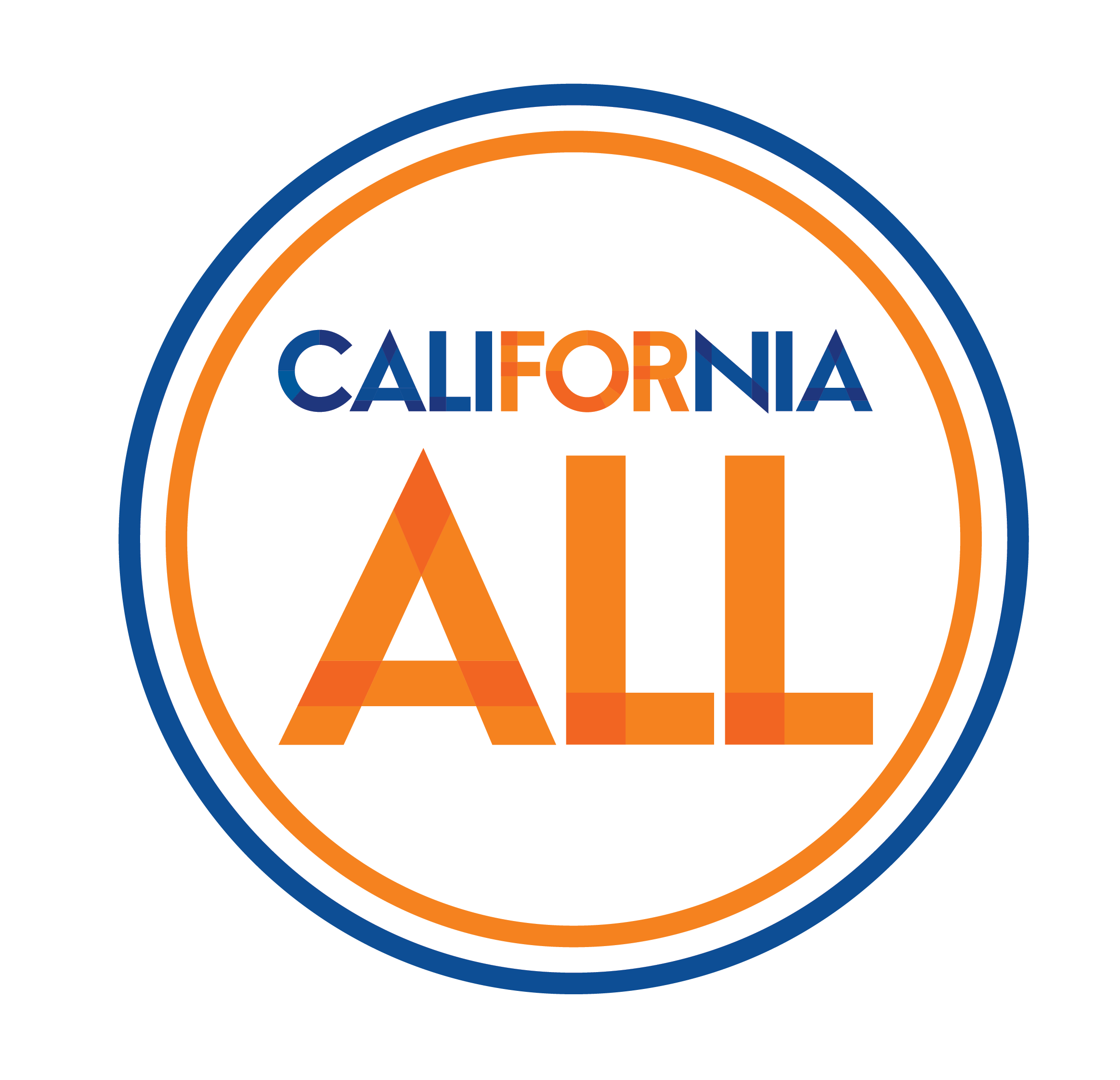Why am I being warned about potential exposure to antimony trioxide?
- Antimony trioxide is on the Proposition 65 list because it can cause cancer. Exposure to antimony trioxide may increase the risk of cancer.
- Proposition 65 requires businesses to determine if they must provide a warning about significant exposure to listed chemicals.
What is antimony trioxide?
- Antimony trioxide is a chemical added to some flame retardants to make them more effective in consumer products, including upholstered furniture, textiles, carpeting, plastics, and children’s products.
- As of January 2020, California has banned the sale and distribution of new upholstered furniture, replacement components of reupholstered furniture, foam in mattresses, and certain children’s products made for residential use if these products contain more than 0.1% of certain flame retardant-related chemicals, including antimony trioxide.
- Antimony trioxide is also used to manufacture some polyethylene terephthalate (PET) plastic, which is used to make some ovenproof or microwavable plastic trays, as well as some plastic water bottles.
How does exposure to antimony trioxide occur?
- Antimony trioxide can migrate into air and dust from some products made with flame retardants that use antimony trioxide.
- PET containers, which may be made with antimony trioxide, can degrade at high temperatures (especially above 110 °F).
- During pregnancy, antimony trioxide can pass from mother to baby.
Main ways you can be exposed to antimony trioxide:
Image
How can I reduce my exposure to antimony trioxide?
- Where possible, avoid choosing products labeled as containing flame retardant chemicals, which may contain antimony trioxide.
- For upholstered furniture, check the flame retardant label commonly found underneath the seat cushion. There are two kinds of labels:
- For furniture manufactured and sold in California starting in 2015, the TB117-2013 (Technical Bulletin 117-2013) label tells you whether or not the product contains added flame retardants, though it does not identify them by name.
- For furniture manufactured and sold in California before 2015, the TB117 (Technical Bulletin 117) label does not tell you if the product contains added flame retardants.
- To learn more about which flame retardants, if any, have been added to the product, contact the manufacturer.
- Avoid using PET plastic containers or trays to heat food in a conventional oven or microwave. Conventional ovens can heat food to higher temperatures, increasing the transfer of chemicals from PET containers to food.
- Avoid storing PET plastic containers in a hot place (especially above 110 °F) such as a car or garage, for a long time.
- Minimize your exposure to dust, which may contain antimony trioxide.
- Wash your hands and your child’s hands frequently, especially before preparing food, and before eating.
- Clean your floors regularly. If possible, use a wet mop or vacuum cleaner with a high-efficiency particulate air (HEPA) filter.
- Dust regularly, using a damp cloth.
For more information:
General Fact Sheets and Resources
- State of California Department of Consumer Affairs (DCA)
Bureau of Household Goods and Services (BHGS) - Government of Canada
Scientific Information on Antimony Trioxide
- US Department of Health and Human Services (HHS)
National Toxicology Program (NTP) - US Environmental Protection Agency (US EPA)
- US Consumer Product Safety Commission (CPSC)
Proposition 65
- California Environmental Protection Agency (CalEPA)
Office of Environmental Health Hazard Assessment (OEHHA)- Proposition 65: Background
- Proposition 65: The List of Chemicals
- Proposition 65: Fact Sheets




